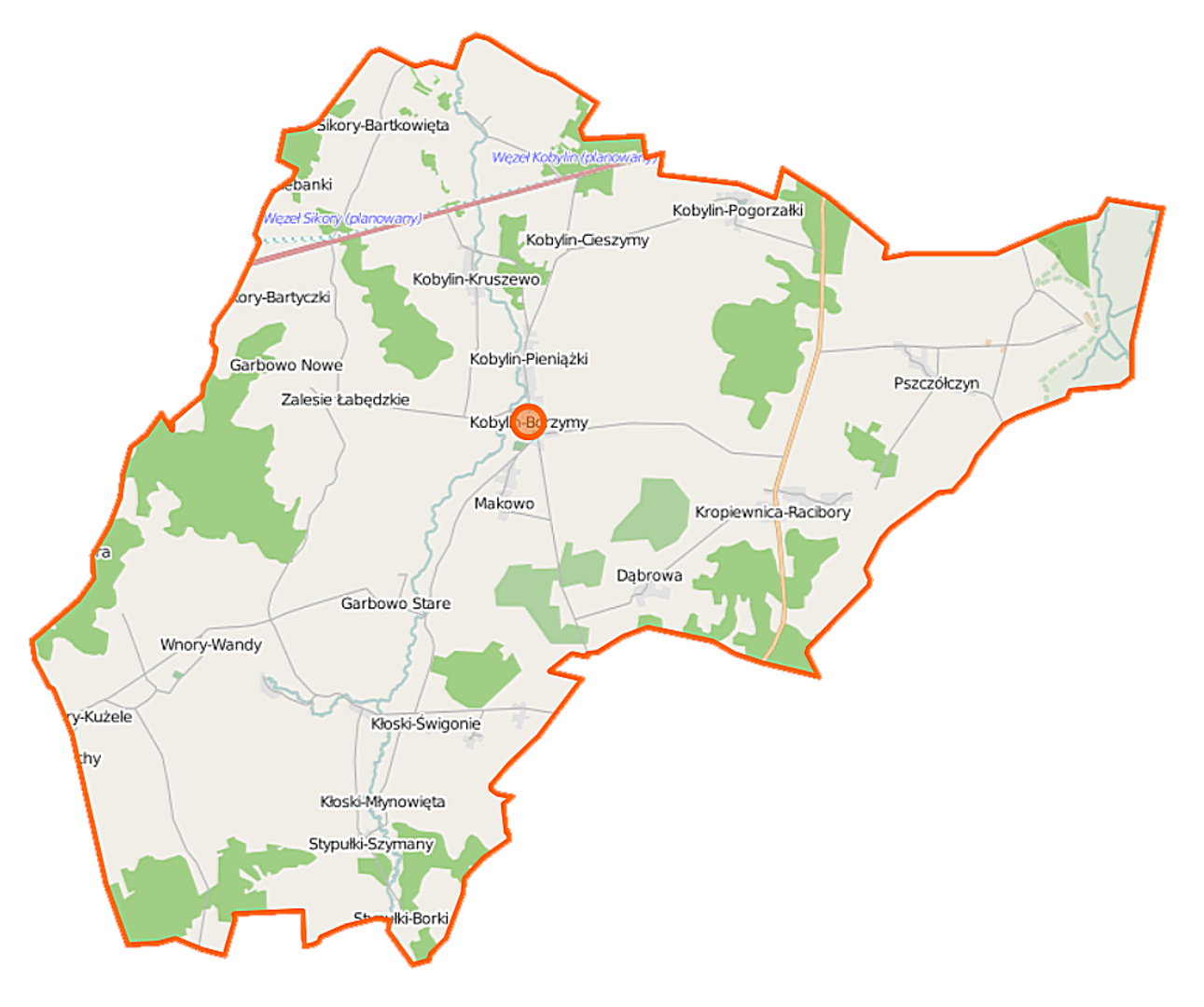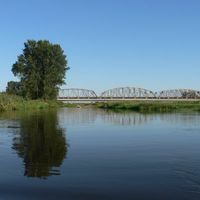Kobylin-Borzymy
6.74

Overview
Kobylin-Borzymy is a rural municipality located in the Podlaskie Voivodeship, within the Wysokie Mazowieckie County. Its administrative seat is the village of Kobylin-Borzymy. The history of the municipality dates back to before 1939, when it functioned as the Piszczaty Commune. Between 1945 and 1954, it was known as the Kobylin Commune. From 1975 to 1998, the municipality was part of the Łomża Voivodeship. Over the years, the population of the municipality has been declining, from 3,675 residents in 2004 to 3,469 in 2010. The municipality covers an area of 119.6 km², of which 74% is agricultural land and 19% is forested. It constitutes 9.33% of the area of Wysokie Mazowieckie County.
The municipality includes both larger villages, such as Kobylin-Borzymy, and smaller settlements like Franki-Dąbrowa or Sikory-Wojciechowięta, creating a rich cultural and architectural landscape. The infrastructure of the municipality, although it may not stand out with monumental buildings, is characterized by traditional rural architecture that reflects local customs and the way of life of its former inhabitants.
The Kobylin community preserves local traditions and rituals, which are an integral part of the region's culture. An important element of the local culture are also festivals and events that attract both residents and tourists, promoting folklore and local crafts. Due to its location, the municipality also serves as a good starting point for exploring the natural attractions of Podlasie, with its picturesque landscapes and rich fauna and flora.
The Kobylin-Borzymy Municipality borders several other municipalities, such as Choroszcz and Sokoły, which fosters cultural exchange and economic contacts in the region. Potential tourists can discover not only the Polish countryside but also aspects of its historical architecture, local customs, and cuisine, making this municipality an interesting place to visit. Kobylin-Borzymy is thus a place where history intertwines with everyday life, and local identity and traditions are nurtured by the community, creating the unique character of the municipality.
Location
You can also find here:
2025 Wizytor | All Rights Reserved
